New Snapdragon G Series takes portable gaming to the next level with powerful performance
Powering next-gen handhelds with much greater performance.

What you need to know
- Qualcomm Snapdragon has long been a powerful and trusted SoC for mobile.
- Today, Qualcomm announced its latest Snapdragon G Series processors for handheld gaming.
- There are three processors of varying levels with varying degrees of power and performance.
- Qualcomm is in collaboration with AyaNeo, Huaqin, Inventec, Thundercomm, and additional companies that feature handheld gaming devices that utilize Snapdragon processors.
Today, Qualcomm announced three new handheld gaming processors that make up its powerful Qualcomm Snapdragon G Series: Snapdragon G1x Gen 1, Snapdragon G2x Gen 1, and Snapdragon G3x Gen 2. These processors range in power and performance, intended to work with a variety of form factors and handle specific gaming needs.
“Dedicated handheld gaming devices are the best way to experience mobile games. But gamers want to be able to play all their favorite games across devices and ecosystems, be it their console, PC, or on a cloud service” said Mithun Chandrasekhar, senior director of product management, Qualcomm Technologies, Inc. “The new generation of Snapdragon G Series powered devices will be the best place for gamers to play their favorite titles, offering them the ability to choose from the cloud, console, Android, or PC while on-the-go.”
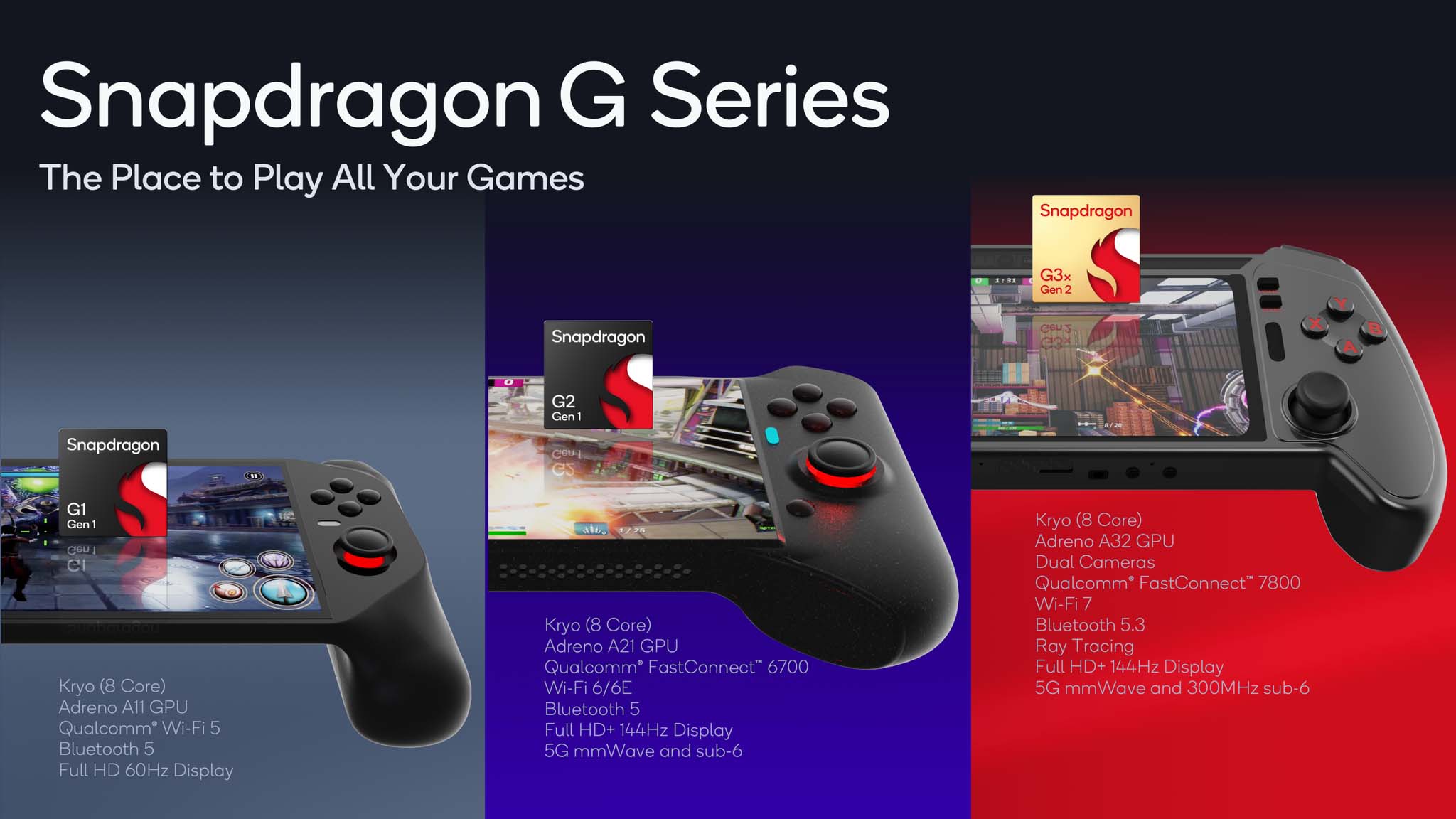
- Snapdragon G1 Gen 1: This humble processor is designed for fanless gaming handhelds intended mostly for cloud streaming. It utilizes a Qualcomm Kryo CPU (8 Core) paired with the Qualcomm Adreno A11 GPU.
- Snapdragon G2 Gen 1: A step up from the base option, this processor is capable of "full-featured mobile and cloud gaming." It supports 5G and Wi-Fi 6/6E thanks to Qualcomm FastConnect 6700 Mobile Connectivity System. It also features the Kryo CPU (8 Core), but pairs it with a gaming-optimized Adreno A21 GPU, and the Snapdragon X62 5G Modem-RF System.
- Snapdragon G3x Gen 2: The strongest, flagship member of the Snapdragon G Series line builds off of its predecessor (the Snapdragon G3x Gen 1 utilized in the Razer Edge 5G) for powerful performance and features that offer 30% faster CPU performance and 2x faster GPU performance. It's capable of supporting "hardware-accelerated ray tracing, game super resolution, XR glass tethering, low-latency premium Bluetooth audio with Snapdragon Sound Technology Suite and the most responsive wireless speeds via Wi-Fi 7 High-Band Simultaneous (HBS) as well as 5G sub-6 and mWaveray tracing." These capabilies are thanks to the use of the Qualcomm Kryo CPU (8 Core) and Adreno A32 GPU which make up the Snapdragon G3x Gen 2 platform.
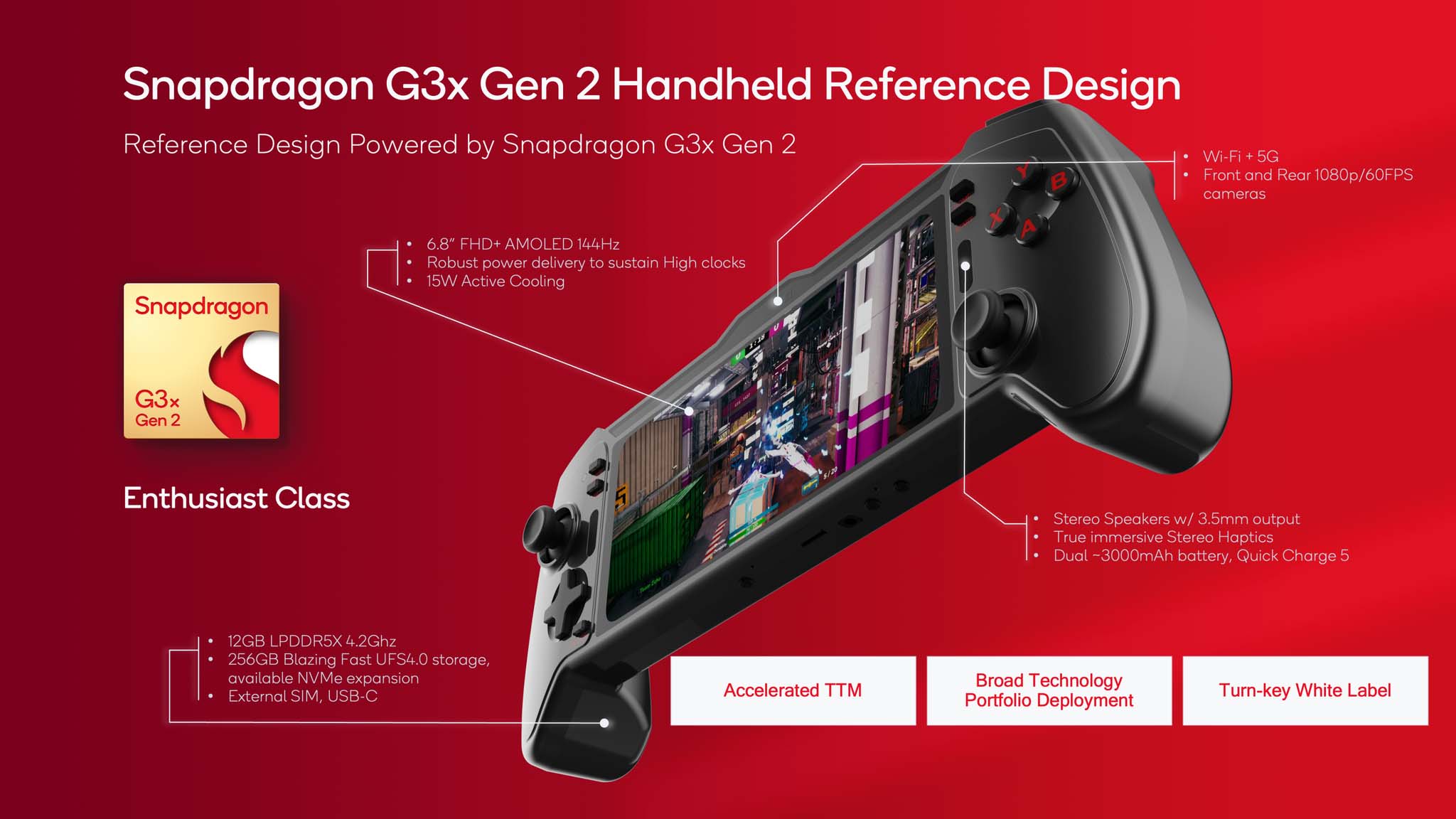
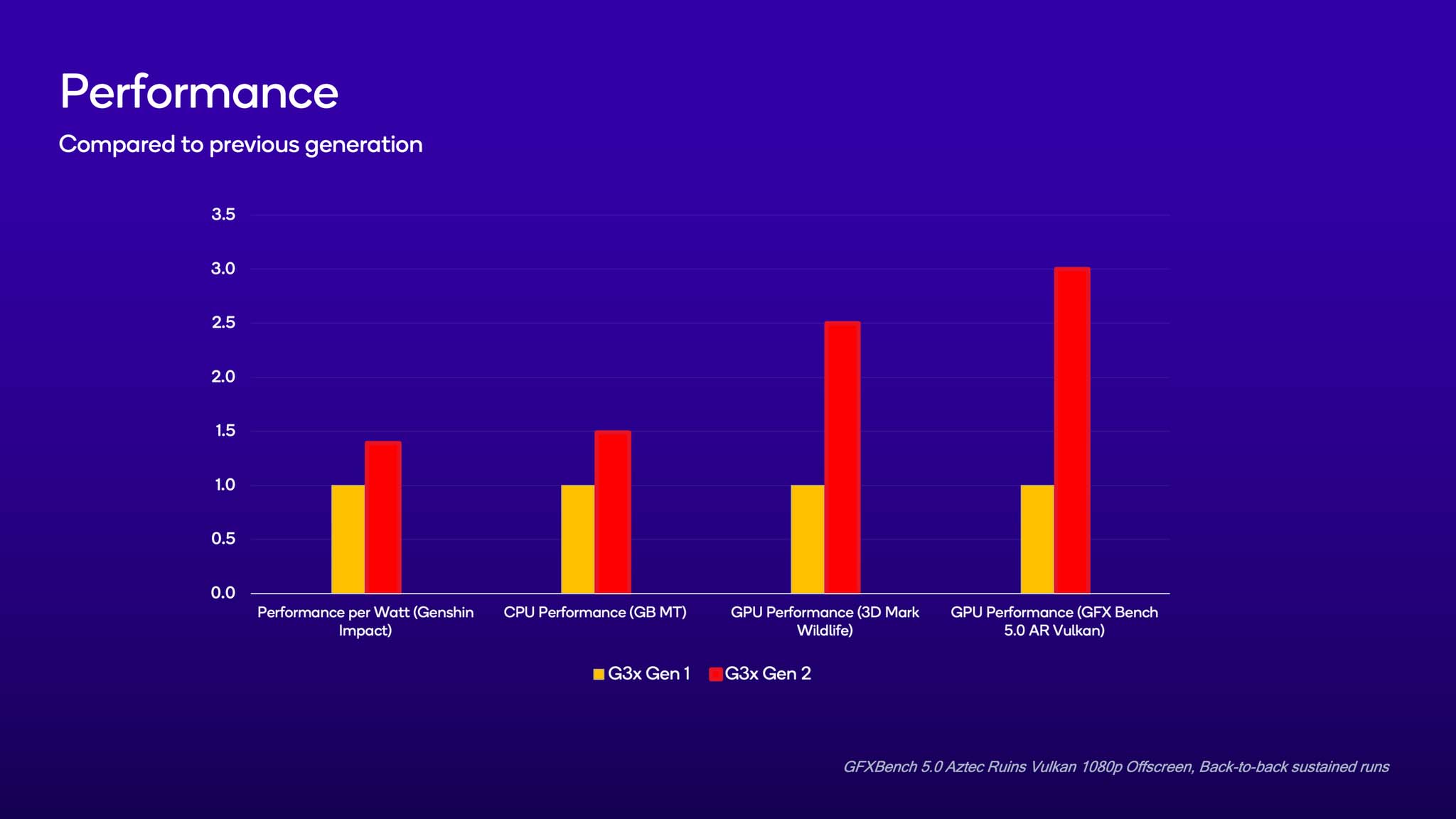
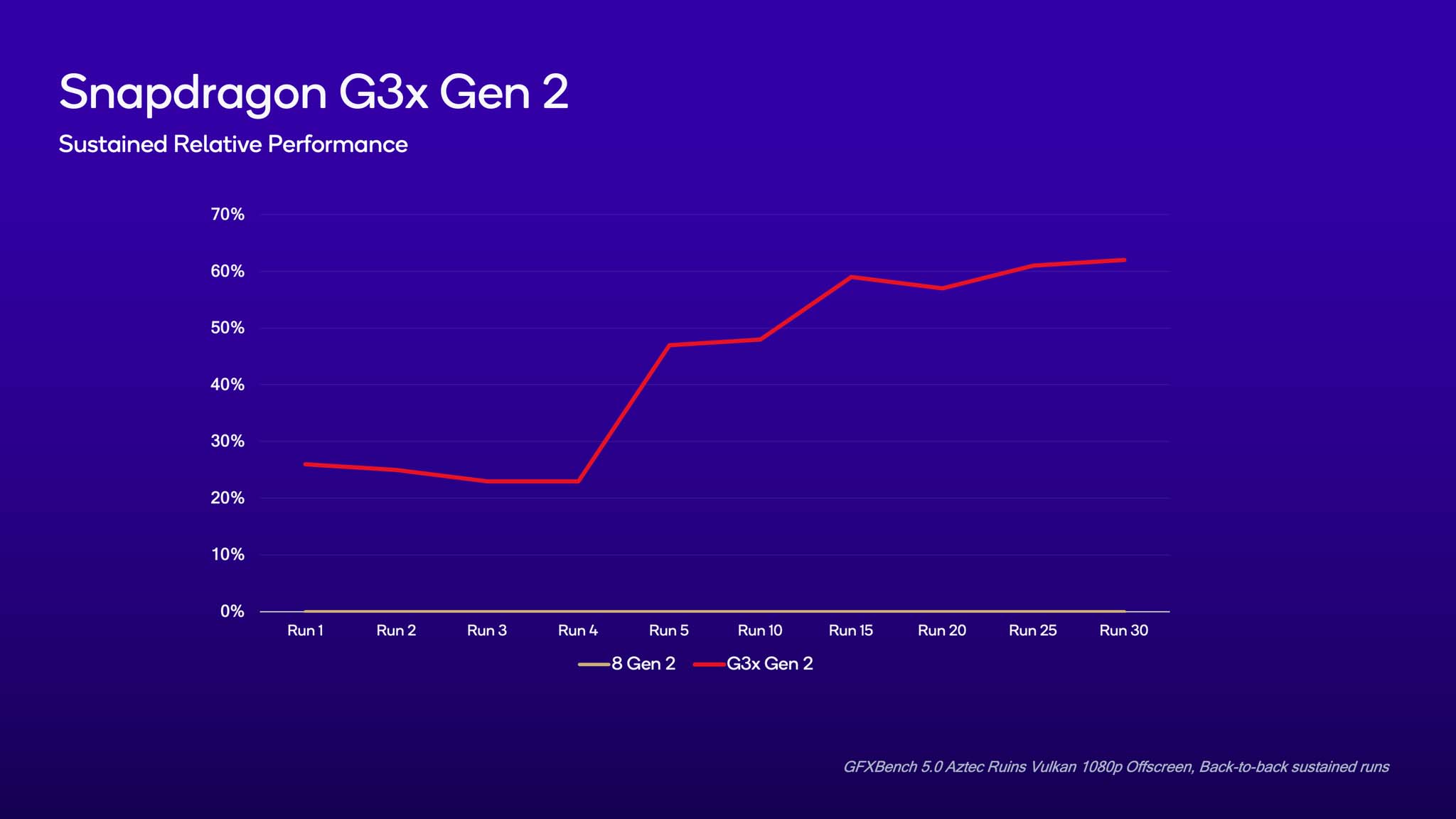
As part of today's reveal, Qualcomm has announced that several companies are already "collaborating with Qualcomm Technologies on handheld gaming devices powered by Snapdragon G Series Platforms," including "AyaNeo, Huaqin, Inventec, Thundercomm," and more. So we are likely to see gaming handhelds utilizing the new Snapdragon G Series in the near future.
The Qualcomm Snapdragon line of system on chip (SoC) products that combine a CPU and GPU for mobile devices has existed since 2007. Ever since then, the company has regularly released more powerful chipsets every few years and is considered to be the best mobile phone gaming processor manufacturer in the world today.
Windows Central's take
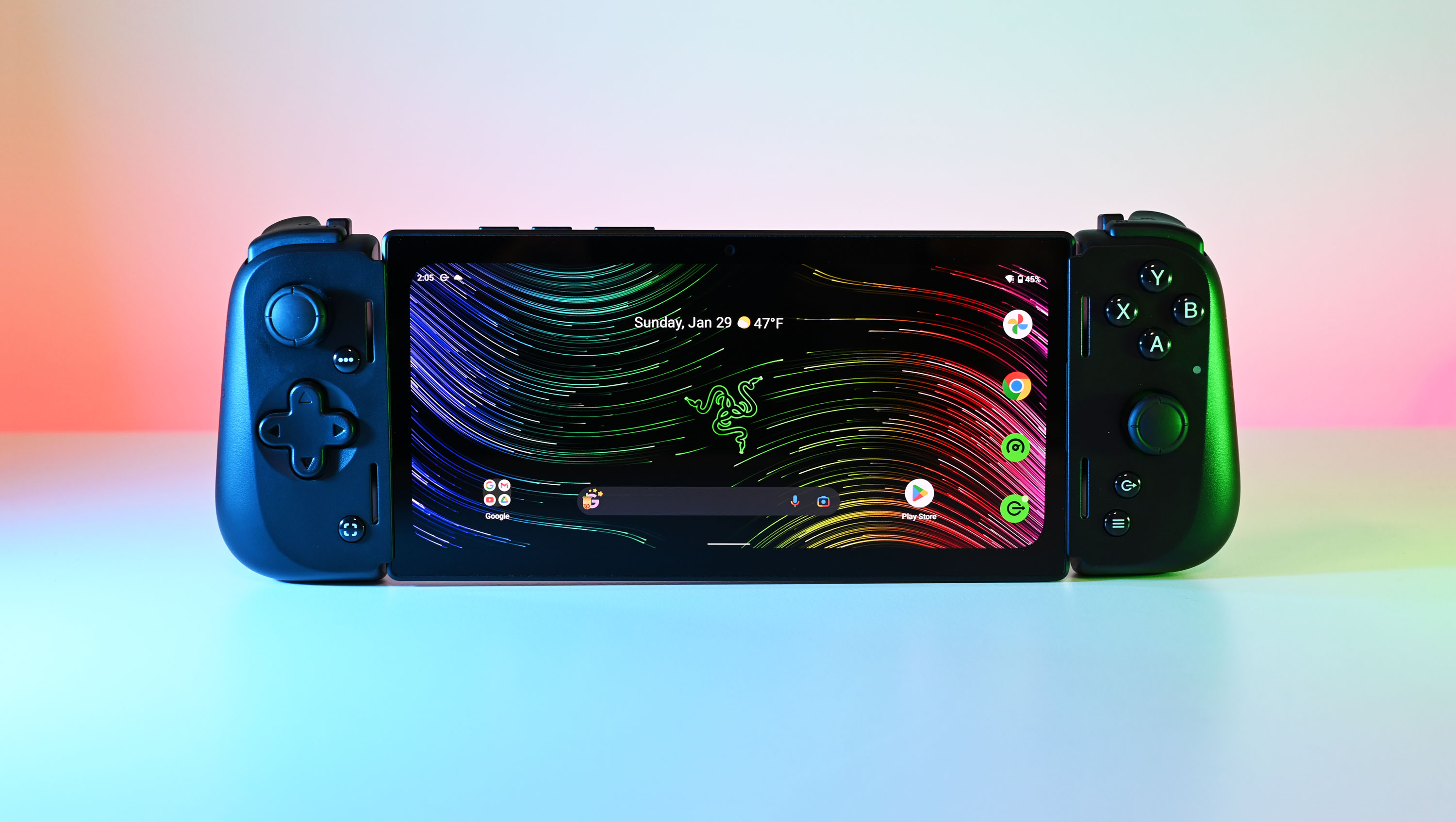
Despite my love of PC and console gaming, it's undeniable that the vast majority of people who play games do so via their mobile phones or tablets. This has been in part to the rise in cloud streaming — the ability to play a game online that is hosted on a distant server rather than needing to download a game locally on your device. Thanks to this, we have massive groups of people playing games like Call of Duty: Mobile, Genshin Impact, and more. Thanks to development in this area over the last few years, consumers don't need to have nearly as intensive of hardware to play, allowing mobile to be a fun and more affordable way to access gaming than console or PC.
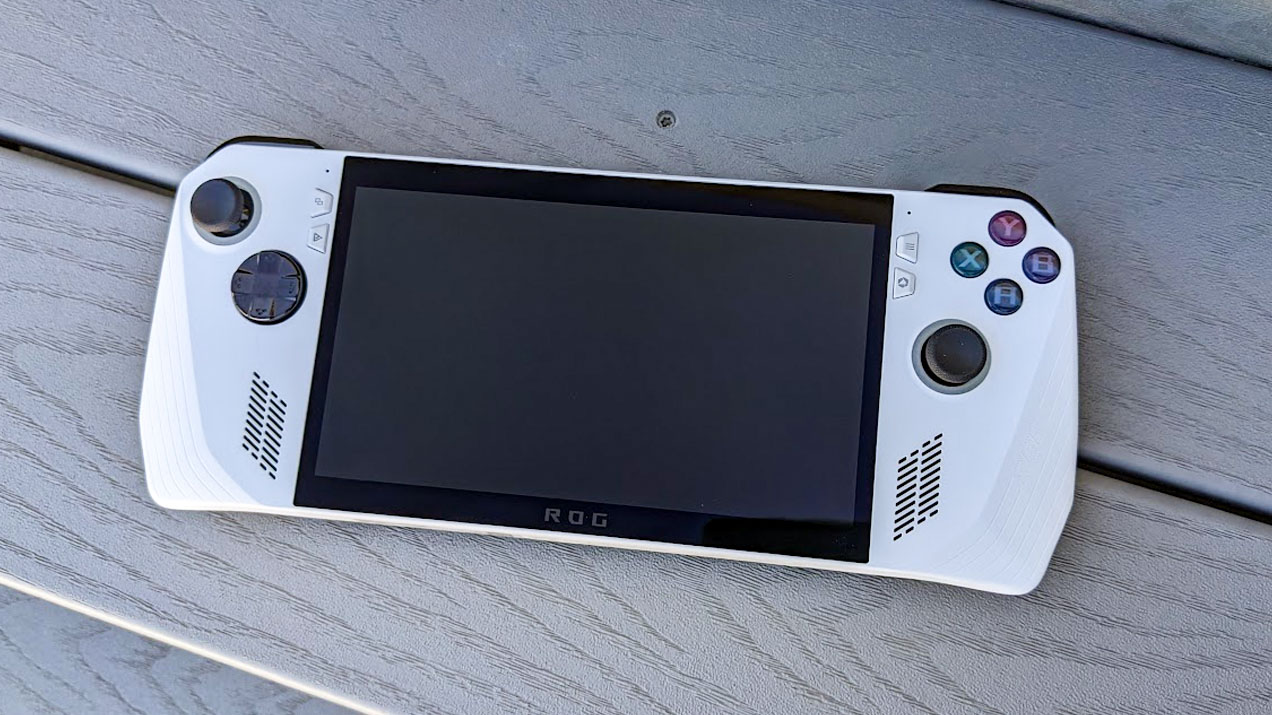
- Help! Steam Deck won't turn on!
- Can Steam Deck run Baldur's Gate 3?
- Best ROG Ally battery packs
- Best ROG Ally microSD cards
- Best ROG Ally screen protectors
- Best ROG Ally games and optimization
- Ways to improve ROG Ally battery
- Asus ROG Ally specs
Still, mobile devices need a bit of oomph if they are to run these more intensive cloud games or local games and the Snapdragon G Series looks like it is here to keep up with the latest mobile gaming demands. As you can see from our own Zachary Boddy's Razer Edge review, a handheld which utilized the previous Snapdragon G3 Gen 1, the Snapdragon G Series line has already provided solid performance. So to see that the new Snapdragon G3 Gen 2 is significantly more powerful is very promising indeed.
Of course, the real issue with PC handheld gaming and mobile gaming right now isn't necessarily performance; it's battery life. As shown in our ROG Ally review, AyaNeo 2S review, Steam Deck review, and the previously mentioned Razer Edge review, these devices don't tend to last all that long (though the Razer Edge does have better battery life than the rest). If a company really wants to become the handheld king of gaming then it needs to couple processor performance with long battery life.
Get the Windows Central Newsletter
All the latest news, reviews, and guides for Windows and Xbox diehards.

Self-professed gaming geek Rebecca Spear is one of Windows Central's editors and reviewers with a focus on gaming handhelds, mini PCs, PC gaming, and laptops. When she isn't checking out the latest games on Xbox Game Pass, PC, ROG Ally, or Steam Deck; she can be found digital drawing with a Wacom tablet. She's written thousands of articles with everything from editorials, reviews, previews, features, previews, and hardware reviews over the last few years. If you need information about anything gaming-related, her articles can help you out. She also loves testing game accessories and any new tech on the market. You can follow her @rrspear on X (formerly Twitter).
